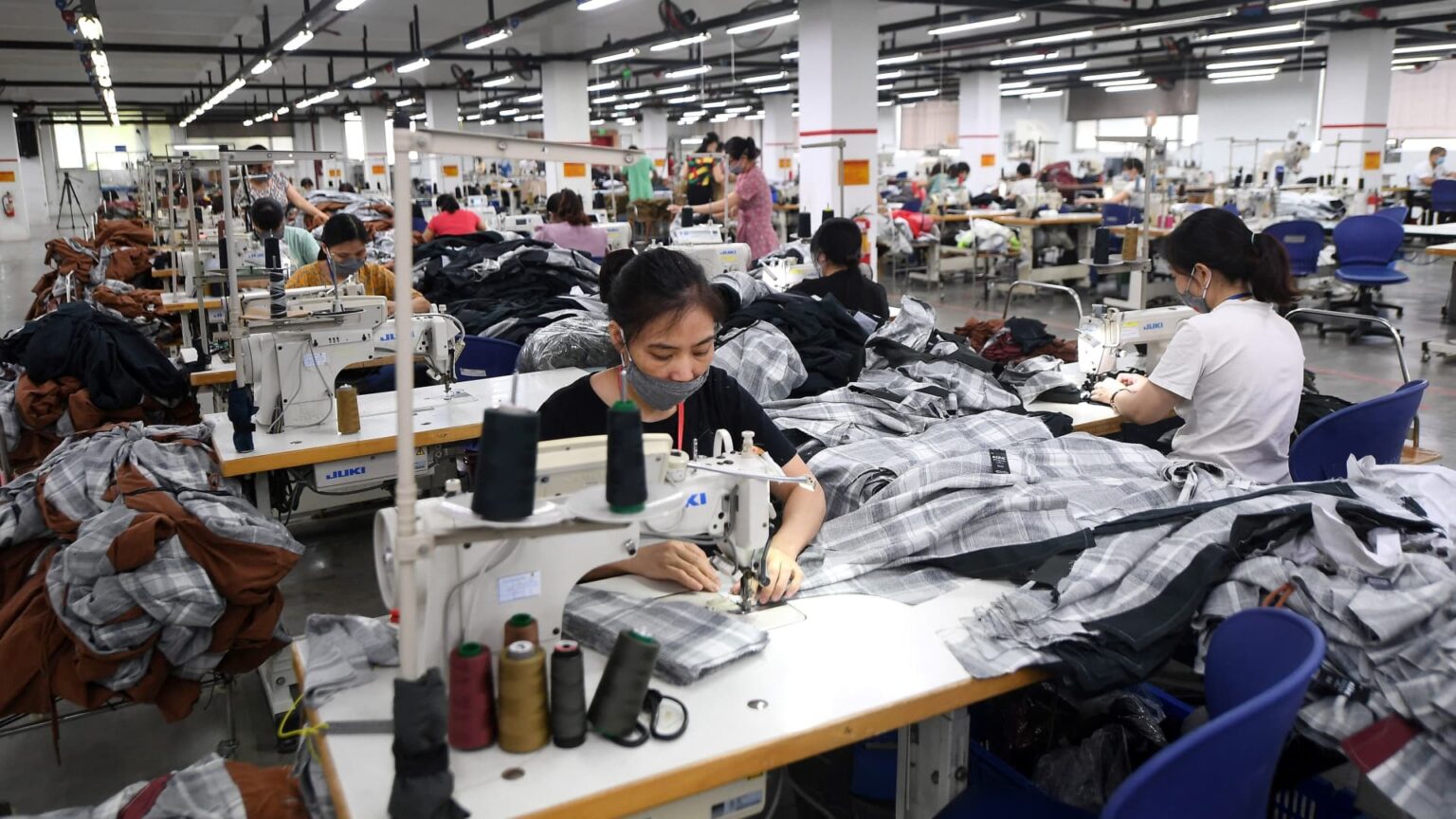Impact of New U.S. Tariffs on Vietnam’s Manufacturing Sector
As Vietnam positions itself as a key player in global manufacturing by producing a wide range of products—from sneakers to furniture—recent changes in U.S. tariff policies threaten to alter this trajectory significantly. With an impending 46% duty on imports from Vietnam set to take effect on April 9, 2024, brands and retailers are bracing for a potential increase in costs that could reverberate through their supply chains and pricing structures.
Shift in Manufacturing Habits
Vietnam has increasingly attracted companies seeking to diversify their manufacturing bases away from China amid escalating trade tensions. Imports from Vietnam surged to approximately $136.6 billion in 2024, reflecting a 19% increase from the previous year, according to the Office of the U.S. Trade Representative. In contrast, imports from China experienced a modest growth of just 2.8% during the same period, a stark shift after seeing an 18% decline in 2023 compared to 2022.
Key Industries Affected by Tariffs
The new tariffs are particularly detrimental to several sectors, including apparel, furniture, and toys, where major companies are heavily reliant on Vietnamese supplies. Noteworthy examples include:
- Nike: With about 25% of its footwear production taking place in Vietnam, Nike is poised to face a total effective tariff rate of 54% when factoring in existing duties on Chinese imports.
- VF Corporation: The company, which manages brands like The North Face and Vans, has approximately 17% of its suppliers in Vietnam, contributing to over half of its overall exposure to both Vietnam and China.
- Furniture Sector: In 2023, Vietnam accounted for 26.5% of U.S. furniture imports, closely trailing China. Several firms, such as Wayfair, have cited a growing trend in moving their supply chains to countries like Vietnam, Cambodia, and Thailand.
- Toy Industry: Major manufacturers like Hasbro and Mattel source extensive volumes from Vietnam. Companies are already strategizing how to manage production costs as tariffs loom.
Consumer Impact and Market Response
As these tariffs are expected to escalate production costs, many companies are contemplating passing those costs onto consumers due to the demand for price stability in a challenging economic landscape. Currently, the market is characterized by cautious consumer spending, largely influenced by inflation concerns. The uncertain impact of these tariffs has already caused stock prices of affected companies, such as Nike and VF Corporation, to decline, highlighting the apprehension in the market.
Future Manufacturing Trends
Manufacturers are now tasked with evaluating their supply chains and exploring alternative production sites in response to these tariffs. Discussions on potential shifts are ongoing within various companies. Leaders from American Eagle Outfitters and Baum Essex indicate the need for flexibility in their production strategies while assessing the evolving tariff landscape. Many companies are eyeing countries like Cambodia, Thailand, and India as viable alternatives for future manufacturing needs.
Conclusion
The introduction of substantial tariffs on Vietnamese imports presents significant challenges for manufacturers heavily invested in Vietnam’s economy. As companies work to navigate these changes, the broader economic implications will unfold, potential altering the dynamics of global supply chains in the retail and manufacturing sectors.
